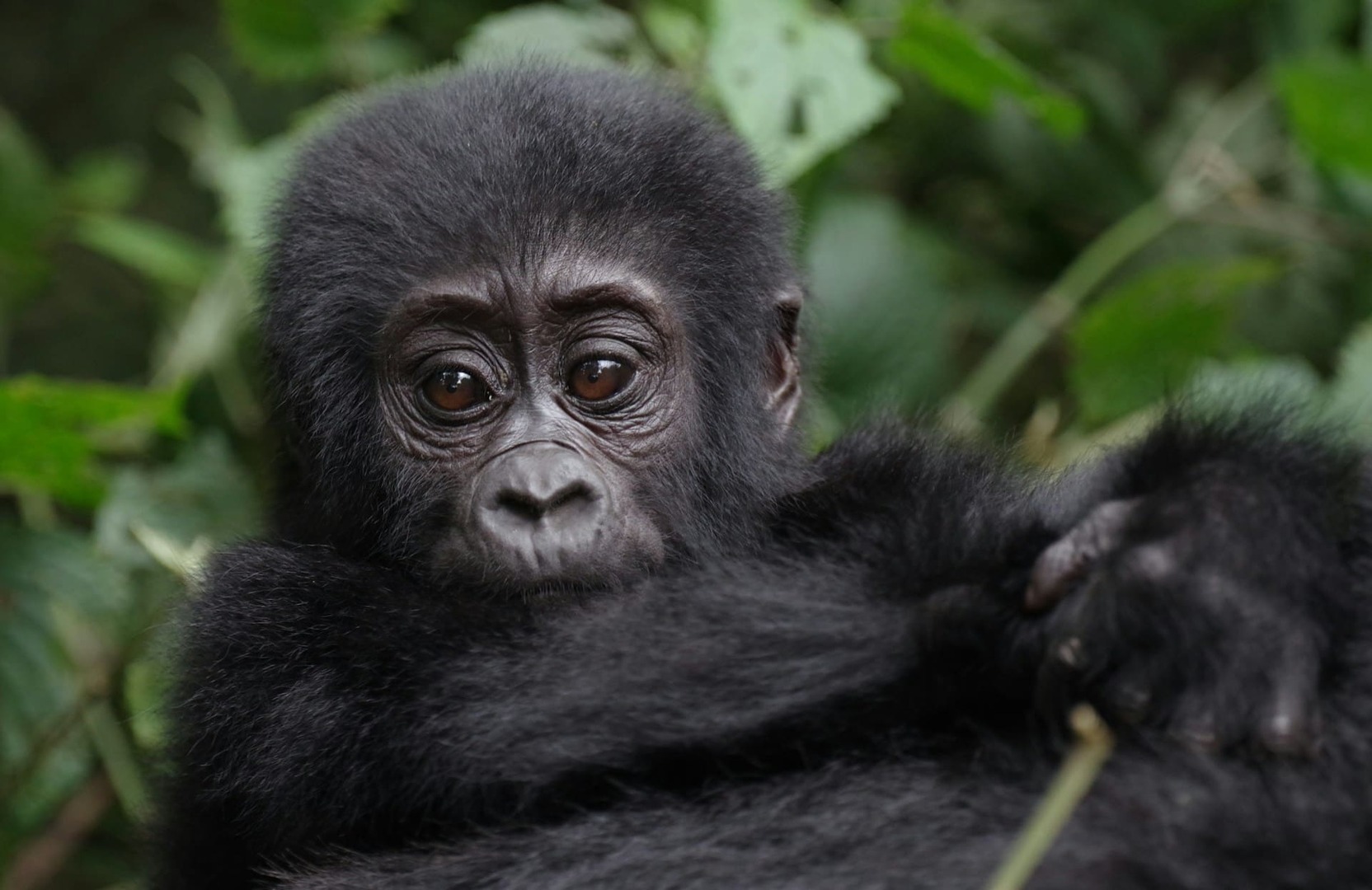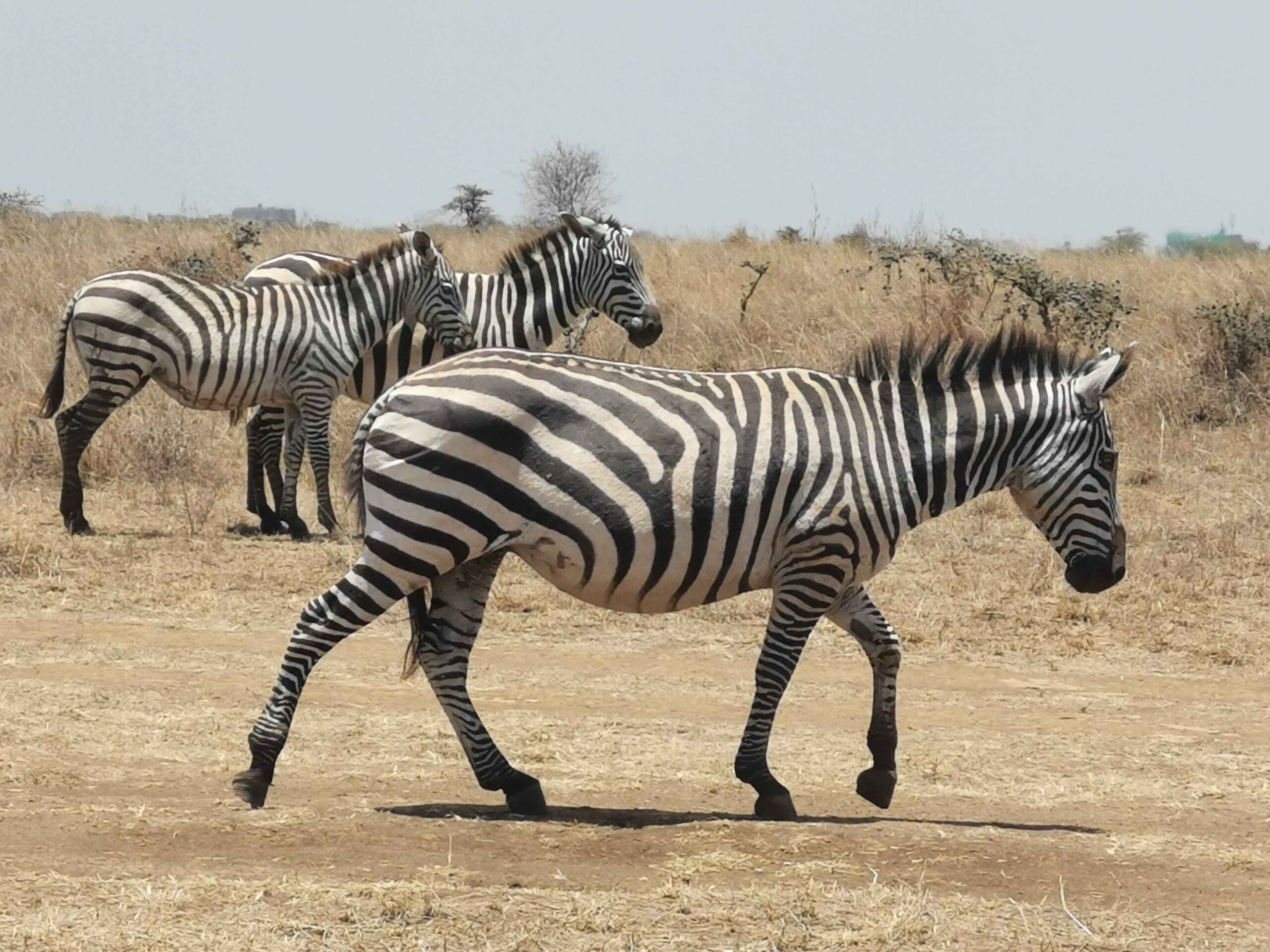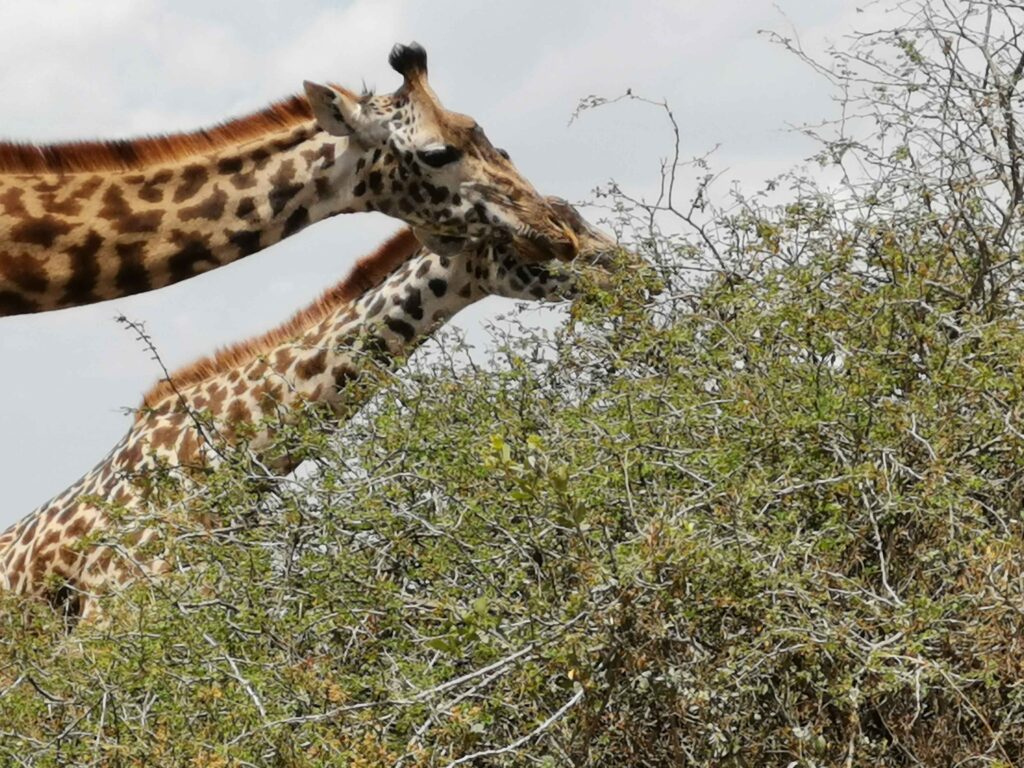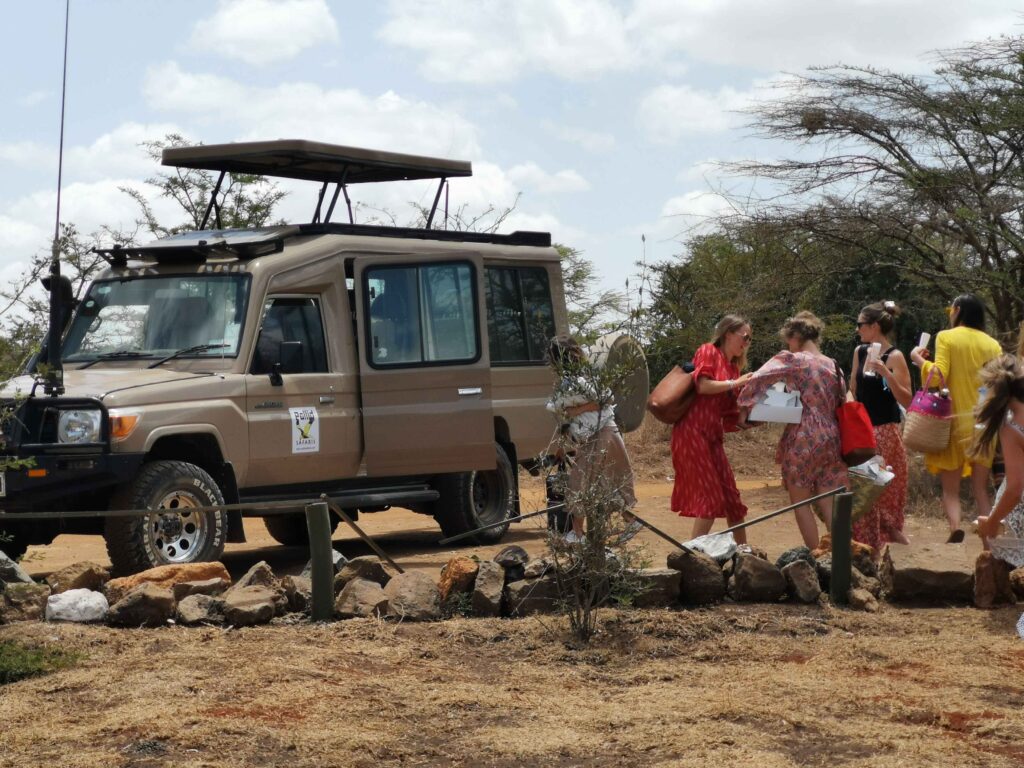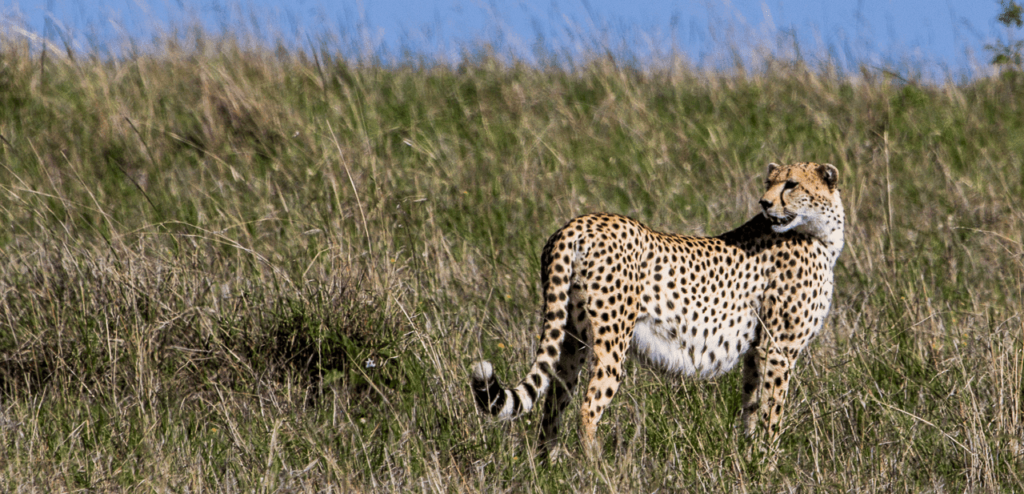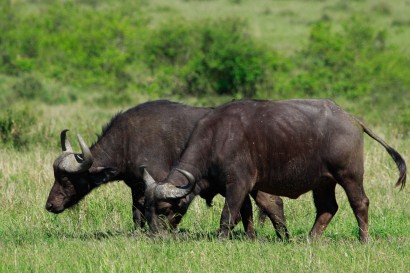African wild dog (Lycaon pictus), also called the painted dog, or Cape hunting dog, is a canine native to sub-Saharan Africa. It is the largest indigenous canine in Africa, and has a colorful, patchy coat; large bat-like ears; and a bushy tail with a white tip that may serve as a flag to keep the pack in contact while hunting.
No two wild dogs are marked exactly the same, making it easy to identify individuals. African wild dogs have large ears that resemble rounded satellite dishes. The ears have numerous muscles that allow the dogs to swivel them to pick up the faintest sounds.
Ask any game ranger, safari guide or conservationists – the African wild dog should be on everyone’s ‘must-see’ list and is probably their favorite animal to observe in the bush. The African wild dog, has immeasurable amounts of energy and are extremely social animals. Both adults and pups enjoy playing and even their relaxation time is exciting to watch and involves some sort of frolicking. They cover great expanses every day and are the most frequent hunters.
There are approximately only 5 000 African wild dogs left making them critically endangered. This is despite the fact that they are Africa’s most successful hunters attaining 50% more preys than lions.
African wild dogs live in packs averaging from seven to 15 members and sometimes up to 40. Before the recent population decline, packs of up to 100 were recorded. Within the pack, these canines have a unique social structure. They cooperate in taking care of the wounded and sick members, there is a general lack of aggression exhibited between members of the pack, and there is little intimidation among the social hierarchy.
The highest ranked male and female dogs in the pack make up the alpha pair. This is the only pair to breed in the pack, with the rest of the pack assisting in rearing the pups. Other pack members will take turns in staying behind during denning season to guard the pups, and will regurgitate food for the pups after a hunt to keep them well fed.
The alpha pair almost always lies in close proximity, or touching each other. The alpha male will also always urinate on top of where the alpha female has urinated, almost claiming ownership.
Although the litters are large, very few pups survive. Sometimes the dens are flooded, or the pups die from exposure or disease. When pack numbers are reduced, hunting is not as efficient, and adults may not bring back sufficient food for the pups. In some cases, more pups survive in packs where there are more helpers.
African wild dogs, unlike other social mammals, the females move from one pack to another when they reach sexual maturity at around 14 – 30 months of age. They will leave the male dogs behind to look after the rest of the pack and form the core of the social group.
African wild dogs also have a large range of vocalizations that include a short bark of alarm, a rallying howl, and a bell-like contact call that can be heard over long distances. Elaborate greeting rituals are accompanied by twittering and whining.
These amazing statistics can be directly attributed to their individual and pack coordination. They are some of the best communicators and constantly let one another know their location and that of the prey, allowing them to quickly adapt while hunting.
The act of hunting is the most spectacular activity of the wild dog. Here you will not only see their sociable nature but the importance of the pack. Pups that can eat solid food will be given priority to hunt, even over the alphas. But before they can hunt, the pups have a playful ceremony that bonds them and initiates the hunt. They circle the pack, vocalise and touch until the excitement overcomes them.
African wild dogs have diverse tastes and go for a wide variety of prey, including gazelles and other antelopes, warthogs, wildebeest calves, rats, and birds. Like most predators, they play an important role in eliminating sick and weak animals, thereby helping maintain the natural balance and improve prey species. They can run long distances at speeds up to 35 mph. Of the large carnivores, wild dogs are probably the most efficient hunters—targeted prey rarely escapes.
Individual dogs have been observed to show different “personalities” or rather strengths and weaknesses within a pack and certain individuals, other than the alpha pair, will take the lead in a hunt. As comical as it may sound, a pack will suggest a hunt by sneezing. Higher ranked individuals have a more influential sneeze than lower ranked individuals. A series of sneezes could set the pack off after an impala!
If we’ve managed to persuade you that seeing wild dogs should be on your bucket-list – let us know and we will help you make this dream come true!

